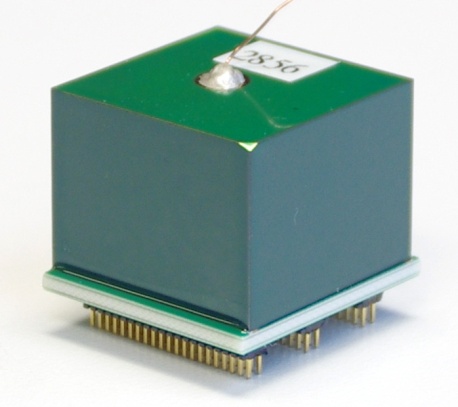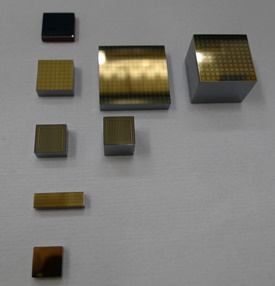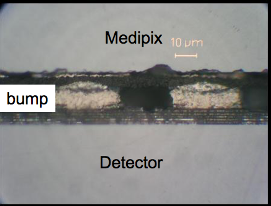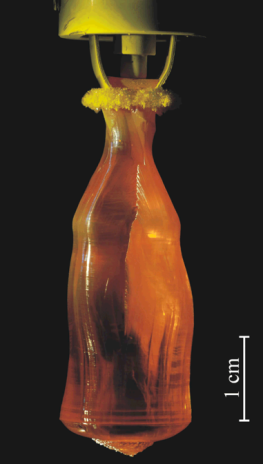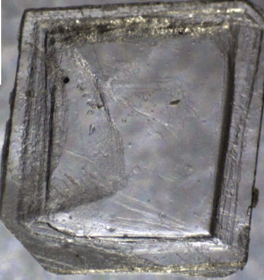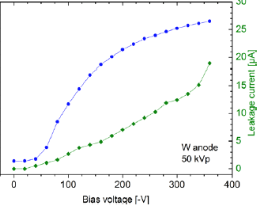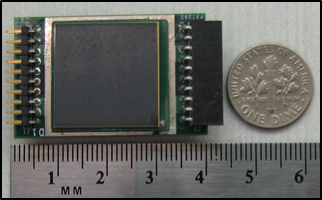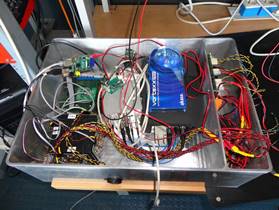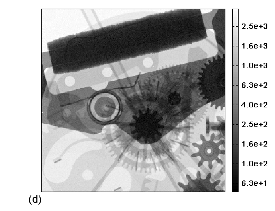rtsd
The 23rd International Symposium on Room-Temperature Semiconductor Detectors (RTSD) represents the largest forum of scientists and engineers developing improved semiconductor radiation detectors and imaging arrays. Room-temperature solid-state radiation detectors for X-ray, gamma-ray, and neutron radiation are increasingly finding applications in several diverse fields, such as medicine, homeland security, astrophysics and environmental remediation. The objective of this workshop is to provide a forum for discussion of the state of the art in the development of photoconductive materials for radiation detection, material and detector characterization, device fabrication processes, electronics and applications. Oral and poster presentations representing a broad spectrum of research activities emphasizing either device or material understanding are sought.
Authors are encouraged to submit abstracts on original work in the areas listed below.
Ralph James
RTSD Program Co-Chair
Brookhaven National Laboratory, USA
Michael Fiederle
RTSD Program Co-Chair
University of Freiburg, Germany

